Table of Contents
- 「翻訳 - 今すぐ翻訳」 - iPhoneアプリ | APPLION
- 翻訳 | ユウエスプラニング
- How To Use Apps To Translate
- 翻訳物の著作権所有者は誰?トラブル回避のポイントやAI翻訳の著作権についても解説 | 翻訳サービス会社FUKUDAI
- おすすめ翻訳家・翻訳会社を探す【料金・口コミで比較】 - ミツモア
- Google翻訳が新たに広東語・パンジャーブ語・マン島語・ンコ文字など110言語に対応 - GIGAZINE
- 【随時更新】翻訳サイトおすすめ22選|特徴・料金など徹底比較 | エンプレス(enpreth)
- 翻訳カレッジ
- How to Unblock a URL: Solutions for URL Block Errors
- Translate-Amazonアプリストアのアプリ
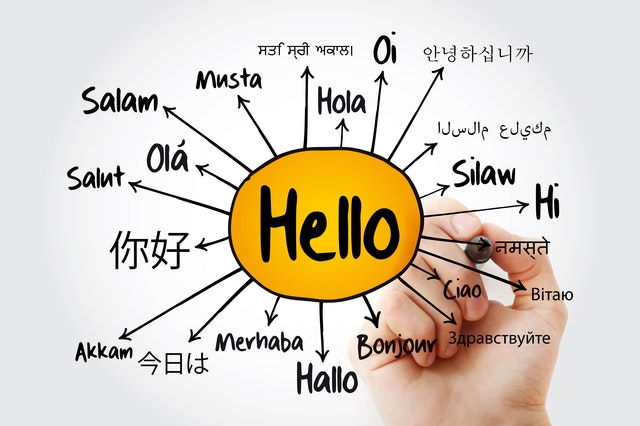
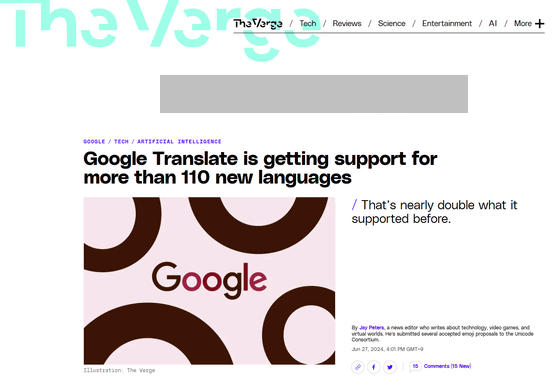

What is Text Translation?
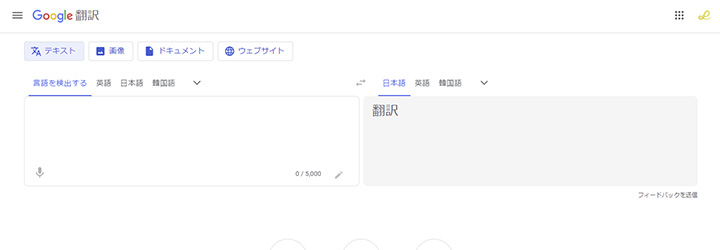


Benefits of Text Translation
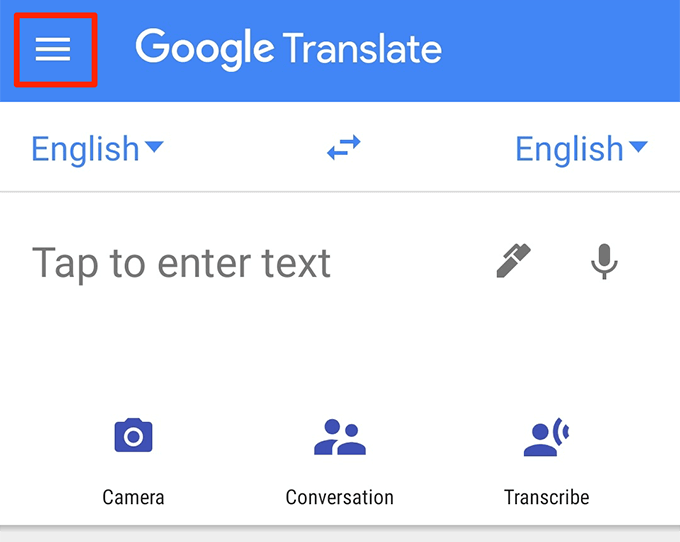

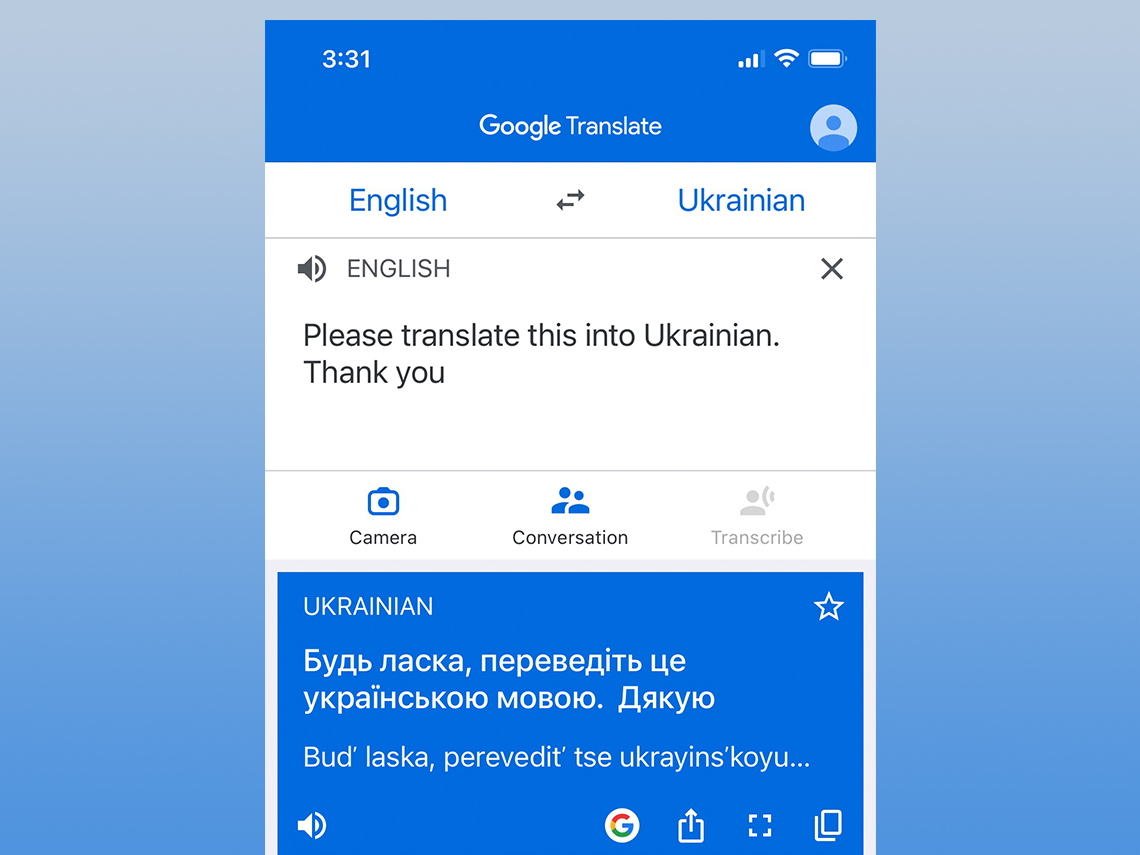
Types of Text Translation
There are several types of text translation, including: Machine Translation: Automated translation using software, such as Google Translate. Human Translation: Translation performed by professional human translators. Hybrid Translation: A combination of machine and human translation, where machines provide the initial translation, and humans review and edit the output.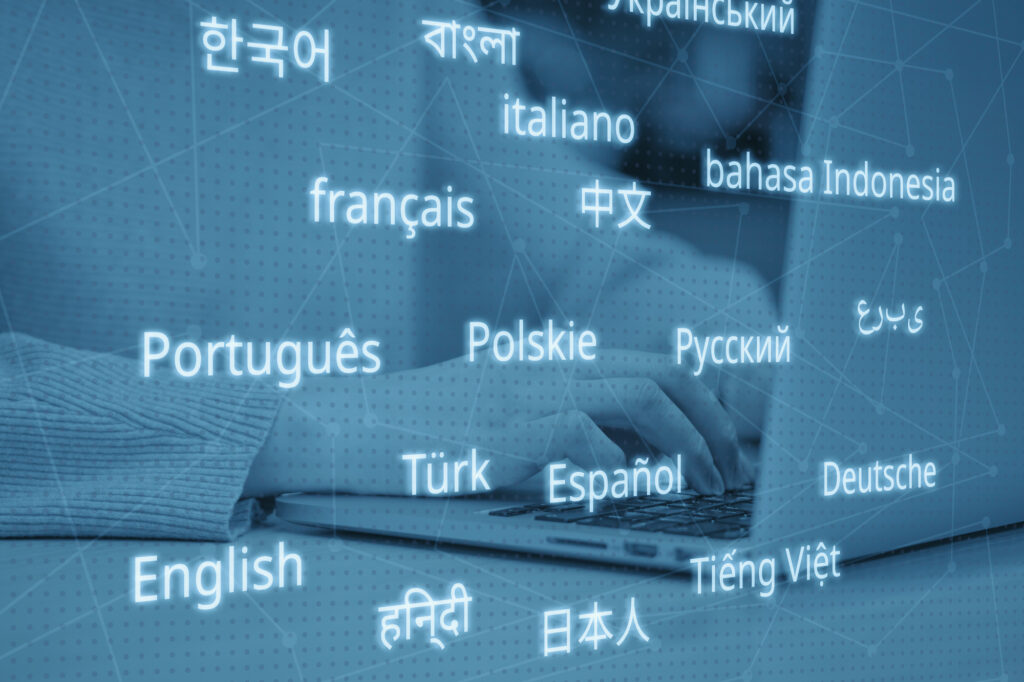
Applications of Text Translation
Text translation has a wide range of applications: Website Translation: Translating website content to reach international audiences. Document Translation: Translating documents, such as contracts, manuals, and reports. Marketing Translation: Translating marketing materials, such as brochures, ads, and social media content. Education and Research: Translating academic papers, articles, and educational resources. In conclusion, text translation is a powerful tool that has revolutionized the way we communicate across languages. With its numerous benefits, types, and applications, text translation has become an essential component of international communication. Whether you're a business looking to expand globally or an individual seeking to connect with people from diverse linguistic backgrounds, text translation can help you break language barriers and achieve your goals. By leveraging the power of text translation, we can foster greater understanding, cooperation, and exchange between nations and cultures, ultimately creating a more interconnected and harmonious world.Keyword density: text translation (1.5%), language (0.8%), translation (1.2%), global (0.5%), communication (0.8%)
Note: The keyword density is an estimate and may vary based on the actual content and search engine algorithms.